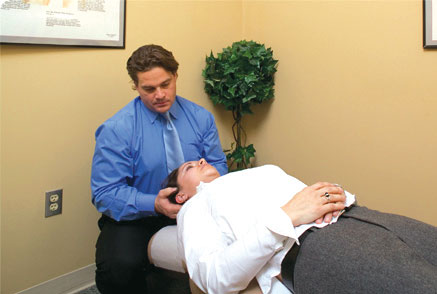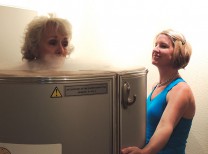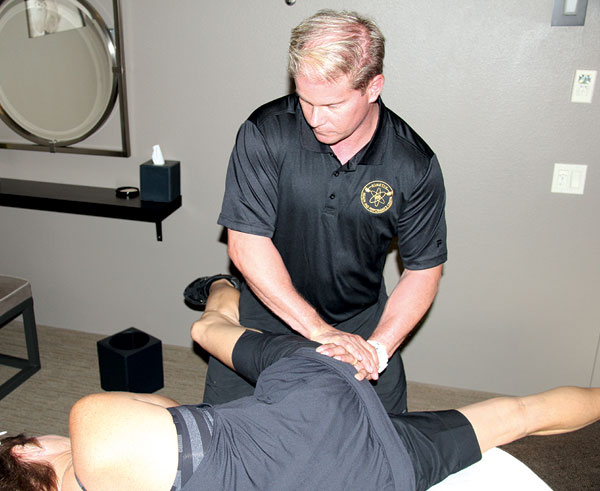Neck pain after a motor vehicle accident is extremely common, and often results in chronic pain, disability, missed work, and a decreased quality of life.16 The injury is often diagnosed as a whiplash injury which is defined as “an acceleration-deceleration mechanism of energy transferred to the neck that results in a soft tissue injury that may lead to a variety of clinical manifestations including neck pain and its associated symptoms.”
While whiplash is most commonly caused by motor vehicle accidents, it may also occur following physical trauma such as a fall, head or other bodily part injury, and even violent sneezing.11
Recommendations for treating whiplash-associated disorder (WAD) include: education, parameters for returning to activity/work, joint mobilization, soft tissue mobilization, postural re-education, specific exercises, and pain relief/pain management.4,10,12 The often prescribed “act as usual” is not a sufficient plan of care and can often result in greater pain and disability.4 Returning to a general fitness program as the sole plan of care is also ineffective in reducing pain and disability.4
In the current health care market, physical therapists are uniquely positioned to guide patients during their return to normal activity as physical therapy (PT) can combine all of the recommended treatments for WAD in each session.5,6,710,12 Of the many interventions PT offers, the most effective for neck pain include a combination of a thorough examination, diagnoses and classification, patient education on the condition, self-management and coping strategies, active exercises, passive interventions, and a supervised return to activities as the condition allows.4,10,12
In the event of a motor vehicle accident, early detection and intervention is very important in limiting the amount of time and potential for disability.1,8,13,15 If injured in a motor vehicle accident, you should consider the following steps in this order:
Seek medical attention. Go to the emergency room, urgent care, or to see your primary care physician to rule out spinal injury, head trauma, fracture, or other serious pathology. Seek help sooner than later if your symptoms show any sign of progression.
Consider physical therapy intervention. If you have a relationship with a qualified physical therapist, reach out to their office and inform them of your situation and arrange a consultation.
Monitor your condition. Often times symptoms are absent for 24-48 hours, or even several weeks. Therefore, keep track of any changes in pain, range of motion, limitations in activity, difficulty with concentration, headaches, or onset of fatigue.
If you have suffered a neck injury, the road to recovery may be long. Your primary goal should be to return to your normal activities and quality of life, and a qualified physical therapist can help get you there.
James Mawhiney is a doctor of physical therapy and the owner of Shelley A. Cooper, PT, in Bermuda Dunes. He can be reached at (760) 345.9934.
References available upon request.















































Comments (0)